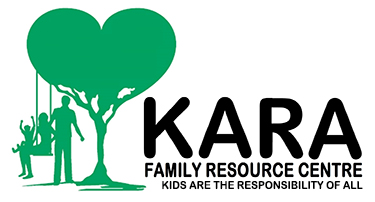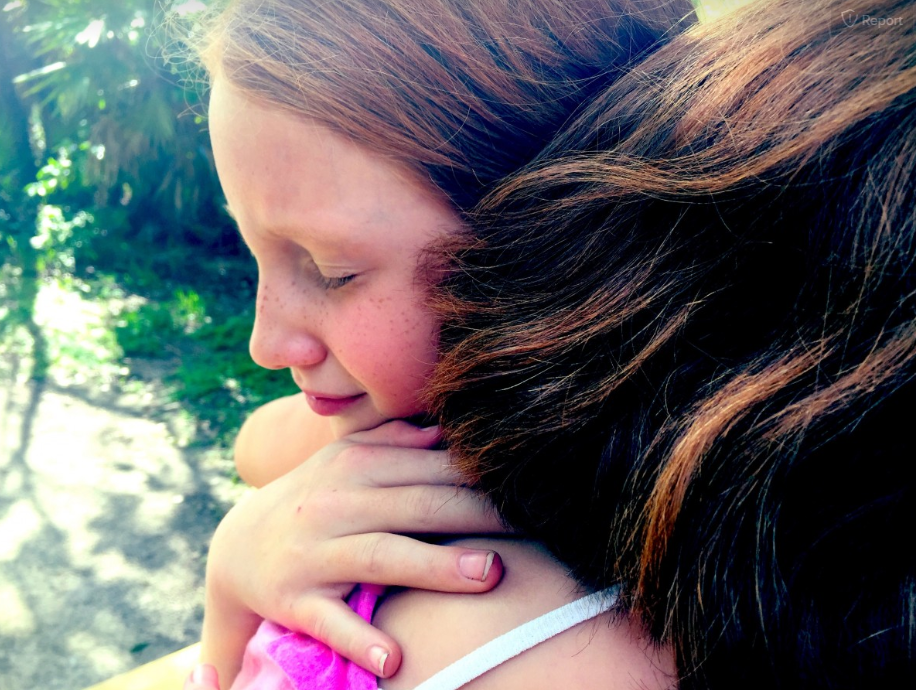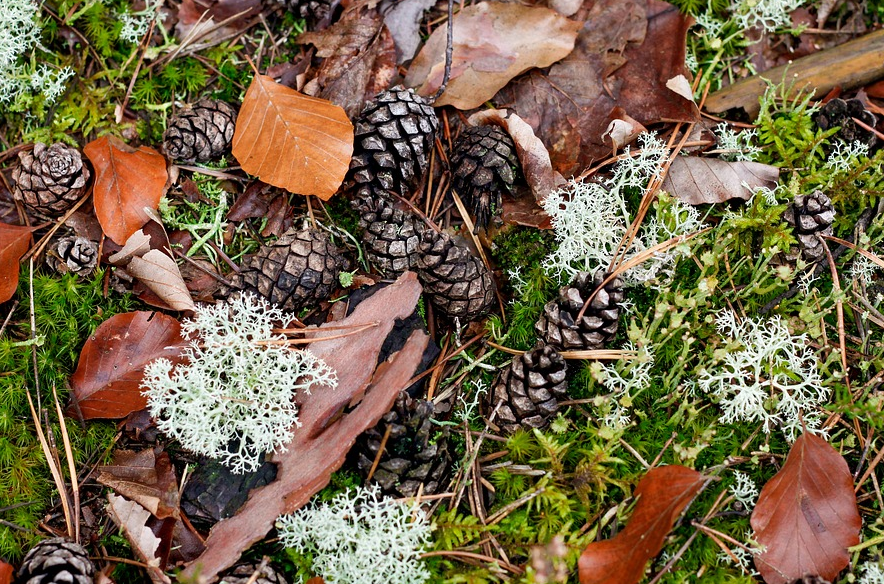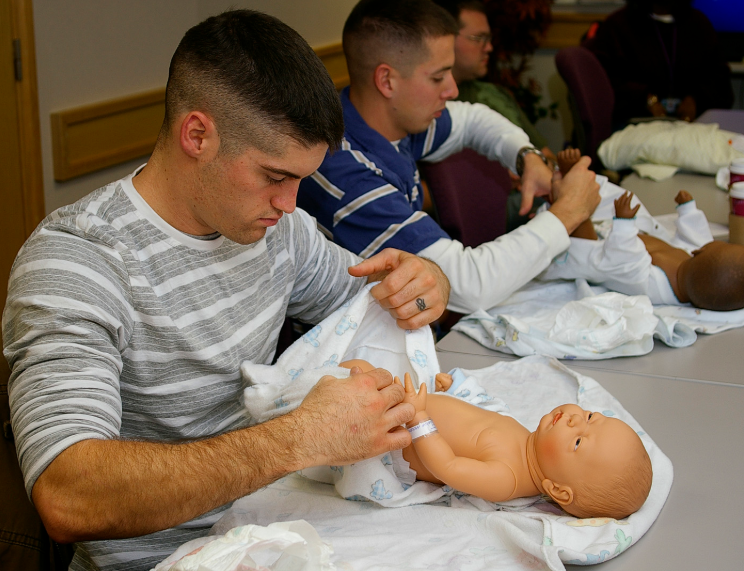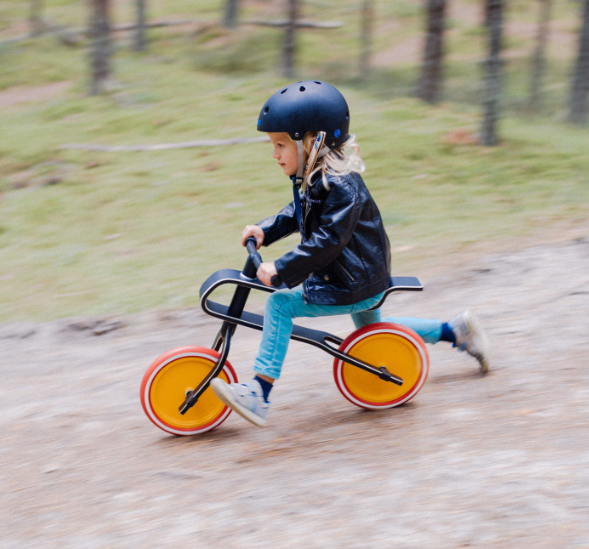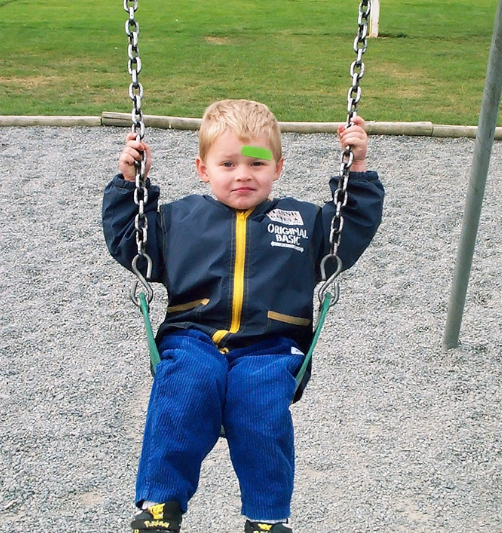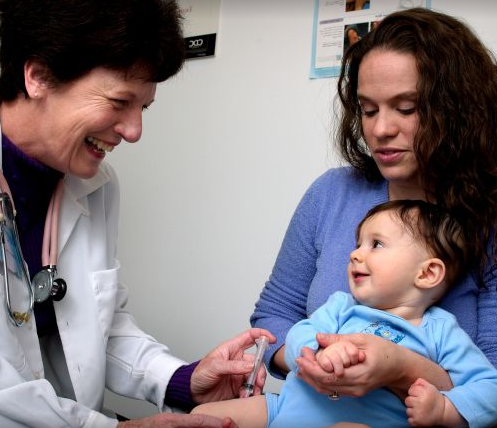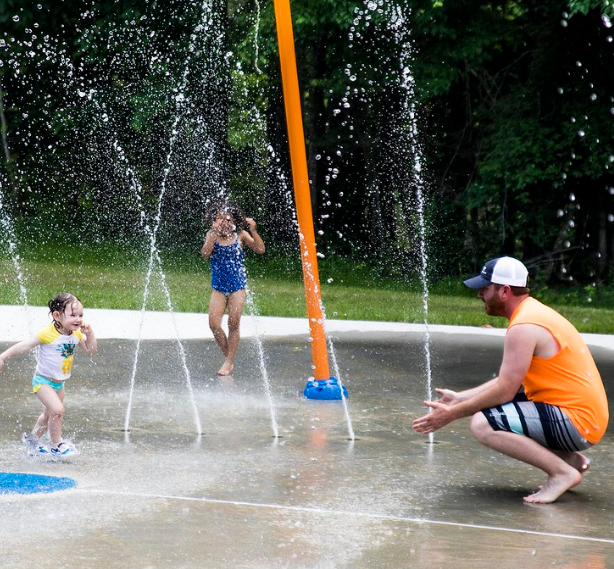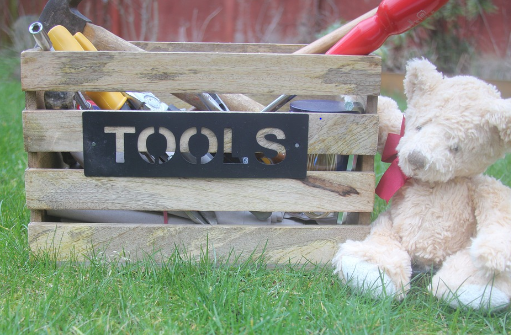
Apart from my time spent blogging, I also have two full-time jobs. I am a consultant with a firm and I’m a parent (both equally hard!). I recently went from one firm to another and in my interview, I was asked how I kept myself organized. My interview panel was significantly impressed with how I managed my time between my daily work activities and deliverables. I had wonderful answers for them in regard to keeping up with tasks, clients, and ever-changing regulatory frameworks. What shocked me most, and what I didn’t know how to answer when it was asked, was how I managed my work-life balance with respect to keeping myself organized. It wasn’t until I’d given it a few moments of thought that I realized how organized I’d made myself as a parent too!
If you’re interested in a life with less chaos or just keeping your family on schedule, check out these tips I’ve compiled! They are handy for any super-organized parents out there or those looking to manage their time a bit better too!
The Daily Activities
This list of tips includes the activities I do daily – I really notice a difference when it comes to saving time here!
Get Yourself Ready First
As a mom waking up at obscene hours of the early morning on weekdays, I always cherished my child‑free moments. I take lengthy showers and try on two or three outfits while I procrastinated waking my children. I always did this to enable myself a bit of free time to be myself! What I never realized was that this greatly expedited the process of getting out the door. The few times my children have woken up before me on a weekday always ended with tardy attendance. They would halt my progress by asking for toys or food or getting into my make-up bag (they also try on my shoes!). When I am the first to be freshened, I can devote my time to helping them, which speeds everything up! Try it out and see if it’s a speedy morning for your family!
Do One Load a Day
When it comes to household chores, I keep up by doing one load a day! Of course, I’m talking about dishes and laundry. For dishes, I wait until after breakfast and turn the dishwasher on right before leaving for work. When we arrive back at home, all the dishes are ready for dinner! I load the dishes throughout the day to keep the area tidy and turn it on the next day after breakfast.
For laundry, it really helps that my washer and dryer are on the main floor, right beside the kids’ and our bedrooms. Our kids are also too young to change themselves, so clothes never actually touch the floor (or the hamper). They go right from my hands to the washer and once a full load is in, it gets turned on. I don’t worry too much about sorting colours, I only keep my fancy clothes separate to do on the weekends. An extra tip – I also keep a garbage next to the washer too for those disposable diapers!
Clockwork Meals
I make very simple meals to keep our schedule on track. Breakfasts are raw foods like grated cheese, cut up fruit, yogurt, peanuts and mushrooms. The low prep time allows me to get a healthy meal put together in no time at all and my children learn to appreciate healthy choices. Lunches are similar with smoked salmon or deli meats, crackers, and raw vegetables. Dinners are pre-made from the weekend or are made with similar raw foods and a smoothie. This low prep time really helps my children stay healthy and have a consistent schedule. Their little tummy alarms go off at the same time everyday too, so I can also anticipate their needs!
Bathroom Cleaning
Before I was a parent, I used to pick one household cleaning chore to accomplish a day (along with sweeping up dog and kitty hair, which was truly out of hand!). My apartment was always spic-and-span! Now that I’m a parent, and have more than just a one bedroom apartment to clean, the days of having a perfect household are gone (for now). I’ve changed my tactic to always cleaning the dirtiest part of the house daily and leaving other chores until the weekend. I don’t doubt if you’ll agree; the bathroom is always the messiest place in our home. Giving it a once over every morning has really helped make me less anxious when leaving my home, knowing that it is glowing. How I manage to do it quick is by using the most available thing in my home – wet wipes! After hair and make-up, I wipe everything down in a jiffy.
An extra tip – I also learned a neat trick from my sister. Keep a pack of wet wipes in the bathroom and when surprise visitors come to call, tell them you would love a chat after your own potty break. Wipe your bathroom clean under the pretense of using the loo. They need never know your bathroom wasn’t clean! My sister has been doing this for years, keeping a supply of baby wet wipes in her lavatory, even though all of her children are teens (the messiest of all but at least they’re potty trained!).
Schedule Procrastination
Every parent needs downtime. I myself need two breaks a day. On top of my morning beautification process, I also relax for an hour in the evening, every evening. The best way is to schedule it in daily. Make it known to the entire family by being consistent with it too. After I pick my boys up from their dayhome, I usually spend an hour with them outside or exercising (5 pm to 6 pm), have dinner with them (6 pm to 6:30 pm), then put snacks and a show on (6:30 pm to 7:30 pm). During snacks and show‑time, you will find me taking up an entire couch and enjoying my favourite kid-friendly documentary. I don’t feel badly about this feet-up time either because my children have full bellies and are usually learning a great deal from Bill Nye or David Attenborough. They also wander off to play with toys or colour too, allowing them downtime too!
Weekender Tips
These activities are reserved solely for weekends so that things run smoothly during weekdays! Check them out!
All Other Chores
Weekends are the days to get any other chores done around the house. It really doesn’t take too long either since the laundry, dishes, and bathroom have all been taken care of. I do a general, low‑maintenance pickup of out-of-place items, Swiffer wet-jet the floor, and mow the lawn or shovel the walk. These activities really help me stay efficient the rest of the week. My neighbours also appreciate that I keep my outdoor activity noises on the weekend schedule.
Groceries and Meal Prep
I do any big grocery orders on the weekend. I take my kids along too, which they consider a nice family outing, saving me time and money elsewhere. We get the raw foods for the week and items to make a big meal to keep in the fridge, which is usually a hearty pasta. We make the meal together too so I usually do this before I Swiffer the floor as I’m usually mopping up garlic flakes!
Fancy Outings or Occasions
Have you ever gone into work and run into tired coworkers? My coworkers and I chat about our weekends and sometimes I learn that they’ve completed several big events all in two days! They always sound like a lot of fun, going on multiple hikes or attending several birthday parties. I limit our weekends to just one grand event, whether we’re hosting a garage sale or going to the zoo, it’s only ever one big occasion. This prevents my family becoming drained and requiring more time off than was scheduled. It helps my children stay on top of sleep and me on top of everything else!
Anytime Organization
Lastly, one thing I do to keep myself organized is email myself. I do this anytime. This really helps me remember plans, outings, birthdays, grocery store items, checked-off tasks, upcoming events – you name it! If I’ve emailed it to myself, I’ll be ready and on top of it!
Your Organization Tips
I really hope these do-it-yourself organization tips for the busy parent help you build your dream of staying on top of everything that’s going on in your life! They may have also inspired you to feel good about the tricks you use in your daily, weekly, or anytime schedules! Feel free to share your pro‑organization parenting tips with us – I can always use more tips in my personal schedule!
